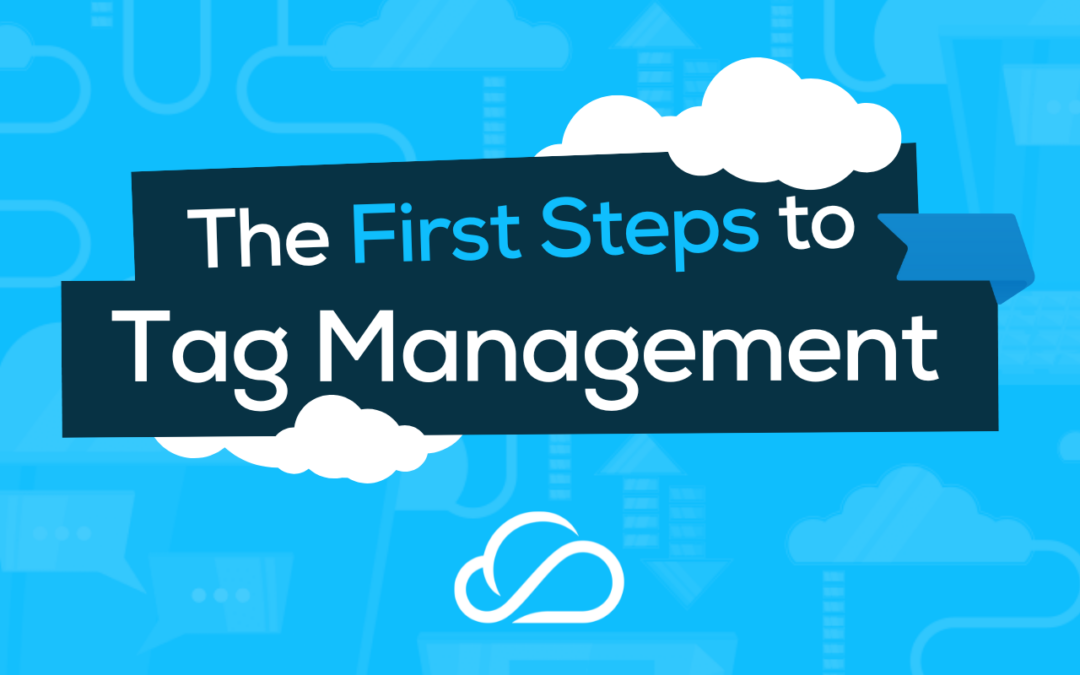When you utilize a public cloud service, tagging is a critical aspect of cost management and optimization. While there should be a process of finding a tag manager that suits your needs and allows you to process data across all your cloud services, the steps you take after obtaining a manager are essential to its success. As you continue your process of optimizing your cloud platform, here are five steps to account for in the beginning.
1. Determine What You Need
It is important to realize that tags will be used by everyone, not just employees in technical roles. You will most likely have individuals from, finance, marketing, and other departments utilizing cloud resources, which means they must also understand the use of tags. Once you know who touches what, you can better determine how much they use, what they use resources for, and how to implement tagging into their positions. You can then assign tag owners to show the value and purpose of the tag properly.
2. Choose Your Tags and Be Consistent
In the early days of your tag management, you will want to establish tag names to ensure everyone is on the same page regarding what each tag is, what it’s used for, and what it means to them. A name could be based on its location, usage, the operation team, or the owner. Once naming is finished, your organization should stick to that tagging format, staying consistent to ensure nothing is lost or misused. Little things like capitalization and spacing are also essential to keep consistent.
3. Don’t Overwhelm the Process
The last thing you want to do is create an overwhelming number of tags to start your business. This can get confusing and make processes down the line overcomplicated. Initially, begin with a small number of required tags that keep your business organized and running smoothly. As your organization grows and your needs adapt, you can build upon that grouping. It could be helpful to focus tags on cost reporting in the early stages and build from there.
4. Keep Reviewing Your Approach
Now that you have developed a list of tags and got your teams on board, it is time to continue the process. Your time with tagging and tag management is far from over, as it will continue to evolve and change as your business grows and adapts. Tag maintenance helps to keep your tagging system optimized and organized, so as your cloud projects evolve and mature, you need to keep up with that growth for the sake of your costs and usage.
5. Begin to Automate the Process
One of the most significant benefits that people seek out with tag management is the implementation of automation. Once your processes start to fall into place and order becomes clear, automating the scheduling, deployment, and labeling of tags can begin. This will take tasks off your teams’ plates and allow tag management to help in the background as you focus on your company’s growth.
Tag management is a significant process to start, and it is essential that you choose a management system that fits your business’s needs. If you have further questions or wish to see how FinOps Oversight’s Tag Manager can benefit your business, contact the team today!

